Vegetables that start A are packed with various heavenly flavors, textures, and culinary possibilities.
From acorn squash to aubergine, these popular A-letter foods not only nourish your body but also make your dishes full of flavors and textures.
All of the “A” veggies below belong to different categories, including legume, seaweed, root, leaf, flower, stem, and fruit vegetables. Most of them are very easy to find at supermarkets, while others may not be equally popular.
At the end of this article, I also provide some ideal names for “A” fruits. Now, let’s explore the detailed features of 20 popular A-named vegetables.
20 Vegetables That Start with A with Filters
Let’s explore the list of vegetables beginning with A! Utilize the handy filter to quickly identify vegetables that are considered fruit veggies, or based on their culinary use, such as for delicacies or beverages, or served as a garnish.
Asparagus
- For Dishes
Asparagus, also known as garden asparagus or sparrow grass, is a vegetable originating from the East Mediterranean.
It’s noted for its long, slender, vibrant green stalks with a crisp, succulent texture. Its flavor profile is earthy, slightly nutty, and mildly sweet with a hint of bitterness.
Asparagus is versatile in cooking, popularly roasted or grilled in American dishes, blended into creamy risottos in Italian cuisine, or served with sauces like hollandaise in French culinary traditions.
In Chinese and Japanese cuisines, asparagus is a key ingredient in stir-fries and tempura, while in Italian and Mediterranean cooking, it’s commonly grilled, roasted, or wrapped in prosciutto for flavorful appetizers.
Artichoke
- For Dishes
An artichoke is a thistle-like plant from the Mediterranean. They are recognized for their greenish-purple, tightly packed leaves and a distinctive heart with a nuanced, slightly sweet, and nutty flavor.
The firm and crunchy texture of the outer leaves contrasts with the tender, flavorful heart.
Artichokes can be enjoyed in various ways, like grilling, braising, boiling, and steaming. The leaves can be plucked off and dipped into a sauce or vinaigrette before scraping off the tender flesh. The heart can be used in salads, pasta dishes, or as a topping for pizza.
Aubergine
- For Dishes
- Fruit Vegetables
Originated in India and China, Aubergine, or eggplant, is a veggie with glossy, variably colored skin and elongated, bulbous shape.
It’s a staple ingredient in Mediterranean, Middle Eastern, Asian, and North African cuisines.
Eggplant’s adaptability shines in various cooking methods, like roasted, grilled, baked, or fried. It also works well in stews, curries, stir-fries, and pasta dishes. You can also stuff, slice, or layer them in casseroles, creating hearty meals.
Arugula
- For Garnish
Arugula, also known as rocket or rucola, is a leafy green vegetable native to the Mediterranean. It has dark green, tooth-edged, glossy leaves and a peppery flavor.
Thanks to its crispy texture, arugula is a great green in salads, as a pizza topping, and in sandwiches across various cuisines.
Besides raw preparations, arugula finds its way into pesto sauces, quiches, tarts, and even stir-fries, adding a spicy, nutty zing to a multitude of dishes.
Acorn Squash
- For Dishes
- Fruit Vegetables
Acorn squash has a distinct acorn-like shape, with ribbed and hard green or orange-yellow skin, making it easily recognizable.
The bright orange flesh becomes soft, creamy, and smooth when cooked. The flavor of acorn squash is subtly sweet and nutty, with a hint of earthiness.
Acorn squash is versatile: roasted or baked with sweet fillings in America, turned into soups and desserts in South America, featured in curries and lentils in India, stuffed with savory mixtures in Middle Eastern dishes, or added to vegetable stews or gratins in the Mediterranean.
Acorn squash originated in North and Central America.
Adzuki Beans
- For Dishes
Originating from East Asia, adzuki beans (or aduki beans or red beans) are small, red, oval-shaped beans.
They hold their shape well during cooking with their firm texture. These beans have a mild and subtly sweet flavor, so they work in both savory and sweet dishes. Cooked adzuki beans are soft and creamy on the inside while maintaining a slightly firm bite.
They are a key component in red bean paste, a popular filling for traditional pastries and desserts in Japan, China, and Korea.
In Indian cuisine, adzuki beans are added to curries and stews.
Avocado
- For Beverages
- For Dishes
- Fruit Vegetables
Avocado is a creamy, rich fruit with a smooth, buttery texture and mild, nutty taste. In culinary practices, it’s often used like a vegetable.
The flesh of an avocado is typically green to yellowish-green and becomes exceptionally soft and spreadable when ripe. It can be consumed raw or in cooked dishes.
In cooking, avocado is commonly used in salads. It’s a staple in Mexican cuisine, famously mashed into guacamole or sliced for tacos and burritos.
Avocado’s creamy texture makes it an excellent option for making spreads or dips. For sweet treats, you can make smoothies, desserts, and even chocolate mousse with these fruits.
Alfalfa Sprouts
- For Garnish
Alfalfa sprouts are also called lucerne sprouts, known as the germinated seeds of the alfalfa plant (Medicago sativa).
Alfalfa sprouts are delicate, with tender green stems and tiny leaves. The texture of alfalfa sprouts is crunchy and crispy. Their flavor is gently nutty, with subtle hints of sweetness and earthiness.
In the United States, alfalfa sprouts are commonly used as a topping in sandwiches and wraps. In Asian cuisines, especially Chinese, Japanese, and Korean delights, alfalfa sprouts are ideal for stir-fries and noodle dishes.
In Mediterranean cuisine, alfalfa sprouts are often found in salads and sandwiches.
Amaranth Leaves
- For Dishes
Amaranth leaves (or Chinese spinach or tampala) are leafy vegetables that have a rich history and origin in Central and South America.
They are broad, tender, and vibrant green leaves. They often feature a slight reddish hue on the stems and veins. The leaves have a smooth texture and can vary in size. Younger leaves are more delicate and tender, while older ones are a bit tougher.
The flavor of amaranth leaves is earthy, slightly sweet, and similar to spinach. The younger leaves tend to have a milder flavor, but the more mature ones can have a slight bitterness.
Amaranth leaves are commonly used in Chinese cuisine, especially in stir-fries. Indians also use them as in their soups, stews, curries, and stir-fry dishes.
Their taste pairs well with a range of other ingredients, such as spices, herbs, grains, legumes, and meats.
Aonori
- For Garnish
Aonori is an edible seaweed originating from Japan, typically sold and consumed in its dried form. Aonori has other names like green laver, sea cabbage, hutai, parae, or green seaweed.
Aonori presents itself as small, delicate flakes or powders with a bright to deep green hue. Its lightweight and crispy texture provides a delightful crunch when consumed.
This seaweed has an umami-rich and slightly salty taste. It’s a versatile garnish adding color, flavor, and texture to dishes, such as noodles, sushi, and rice bowls.
Aonori is also used in sauces, dressings, and marinades, or can be added to tempura, savory pancakes, popcorn, or chips for an extra flavor boost.
Arrowroot
- For Dishes
Arrowroot is a starchy root vegetable derived from the Maranta arundinacea plant, which is native to South America.
Arrowroot has a light beige or white color and a powdery texture. Arrowroot is commonly available in the form of a fine, white powder resembling cornstarch that is odorless and has a neutral taste.
In Asia, arrowroot powder is used as a thickening agent for sauces, soups, and gravies. It’s particularly common in Chinese stir-fries and sauces. In the Caribbean and Southern United States, arrowroot is used to make arrowroot pudding, a smooth and creamy dessert.
Arrowroot flour is good for gluten-free bread, cookies, and other baked goods.
Arracacha
- For Dishes
Arracacha (or Peruvian carrot or white carrot) is a root vegetable thriving in the Andean region of South America. Arracacha has a chubby, pale appearance and a firm, crisp texture. The flavor is earthy, nutty, and slightly sweet.
Arracacha can be used in soups, stews, and casseroles or enjoyed raw in salads. White carrots can be cooked by boiling, steaming, roasting, or frying.
In Peru and Colombia, arracacha is used in soups, stews, and casseroles. It’s often used as a substitute for potatoes or other root vegetables.
In Brazil, arracacha is commonly used to make a puree known as “mandioquinha” or “batata-baroa,” which is used as a side dish or a base for various recipes.
Armenian Cucumber
- For Dishes
- Fruit Vegetables
Armenian cucumber, aka yard-long cucumber, is actually a variety of melon. However, people consume it similarly to traditional cucumbers.
This cucumber is prized for its sweet, mild flavor and its crisp, refreshing texture. The skin is thin and does not require peeling.
They are perfect for slicing into salads, sandwiches, or serving with dips.
Ash Gourd
- For Beverages
- For Dishes
Ash gourd, also known as winter melon, is a large, round, or oblong fruit with a hard, ash-coated exterior and a mild, almost bland interior.
It’s commonly used in Asian cuisines, especially in soups, stews, stir-fries, and even beverages. Due to the subtle flavor, ash gourd works well with spices and other more dominant flavors.
It’s particularly famous for its use in the Chinese dish “winter melon soup,” where it is slow-cooked until tender and imbued with the flavors of the broth and other ingredients.
Arame
- For Dishes
Arame is a type of edible seaweed native to Japan. It has thin, dark brown or black strands that become softer and more delicate when rehydrated.
The texture of arame is tender with a slight chewiness. It offers a subtle, semi-sweet, and nutty flavor with a mild umami taste. Arame is typically soaked in water to soften the texture before use. You should then rinse arame to remove any excess salt or impurities.
In Japanese cuisine, locals often add arame to salads, stir-fries, noodle dishes, and sushi for added texture and flavor. It’s also used in soups, stews, and side dishes.
Agati
- For Dishes
Agati belongs to the legume family that is native to the tropical regions of Asia and Northern Australia.
Young agati pods are tender and succulent, while more mature pods can become fibrous. Its flavor is mild and subtly sweet, reminiscent of green beans. Both the leaves and pods are edible.
In Southeast Asian cuisines, especially in Thailand and the Philippines, agati leaves and flowers are frequently added to salads and stir-fries. In India, they are commonly used in traditional curries, lentil dishes, and soups, often combined with spices and coconut milk.
In some Caribbean and African countries, agati is known as “sesbania” or “sesbane,” and the leaves and flowers are also used in soups and stews.
Apple Gourd
- For Dishes
Apple gourd, or tinda in Indian cuisine, is a small, apple-sized vegetable with a mild, somewhat bland flavor.
It’s commonly used in Indian subcontinental specialties, such as curries or stews, where it absorbs the flavors of the spices and other ingredients.
The texture of apple gourd is soft and quite spongy, ideal for dishes that require a tender vegetable that melds well with robust flavors.
Ambada
- For Dishes
Ambada (aka Indian sorrel) is a popular leafy vegetable in Indian cuisine, particularly in the states of Andhra Pradesh and Telangana.
Ambada leaves feature a deep green color with a slight reddish tint. They are heart-shaped or oval-shaped, with a smooth and slightly wrinkled surface. Their stems can be red or green, depending on the variety.
This leafy veggie’s texture is tender and succulent. When cooked, they become soft with a slimy texture, similar to okra. It is refreshingly tangy, with a sourness that is comparable to lemon or tamarind.
In Indian cooking, ambada leaves are cooked to make chutneys, pickles, and curries. They can also be used as a souring agent in soups, stews, and lentil dishes.
Asiatic Pennywort
- For Beverages
- For Dishes
Asiatic pennywort is a perennial herbaceous plant that is often used in Asian cuisine. It has a mild, herbaceous, and slightly bitter taste.
The leaves are small, round, and fan-shaped. People typically use them fresh in salads, blend them into refreshing drinks, or cook them in soups and stews.
Arrowleaf Elephant Ear
- For Dishes
Arrowleaf elephant ear, with its large, arrow-shaped leaves, is famous in tropical cuisines, especially in the Caribbean and parts of Africa.
The leaves have a mild, slightly nutty flavor. However, they need to be cooked before eating, as they contain calcium oxalate.
The leaves are excellent for thickening soups or stews and can also be wrapped around fish or meat for grilling.
What Are Common Fruits Beginning with A?
There are some types of A-letter fruits that are eaten as vegetables, such as avocado and ash gourd, as explained above.
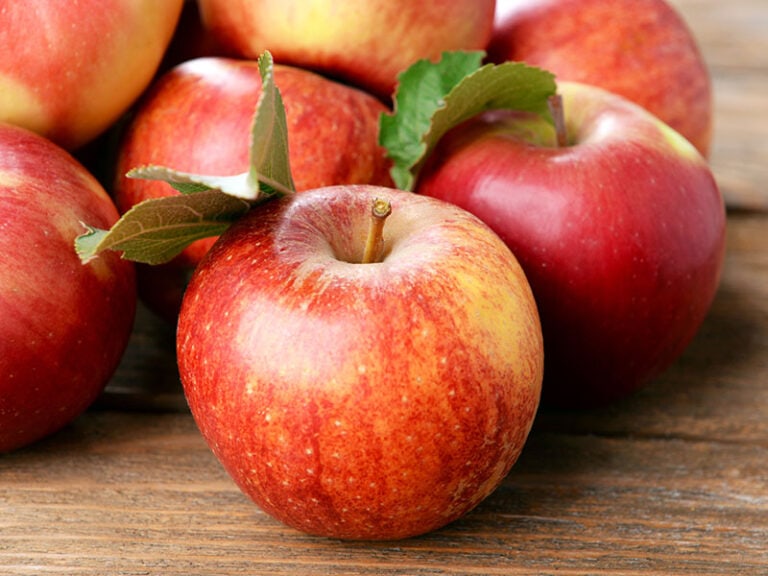
Apple
It’s a very popular fruit known for its many colors and flavors, from sweet to tart.
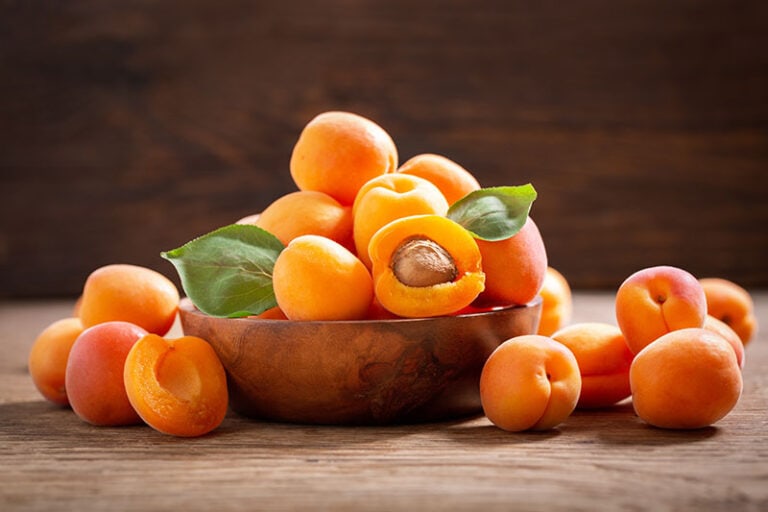
Apricot
Apricot is a a small, orange fruit with a soft, tangy flesh and a velvety skin.
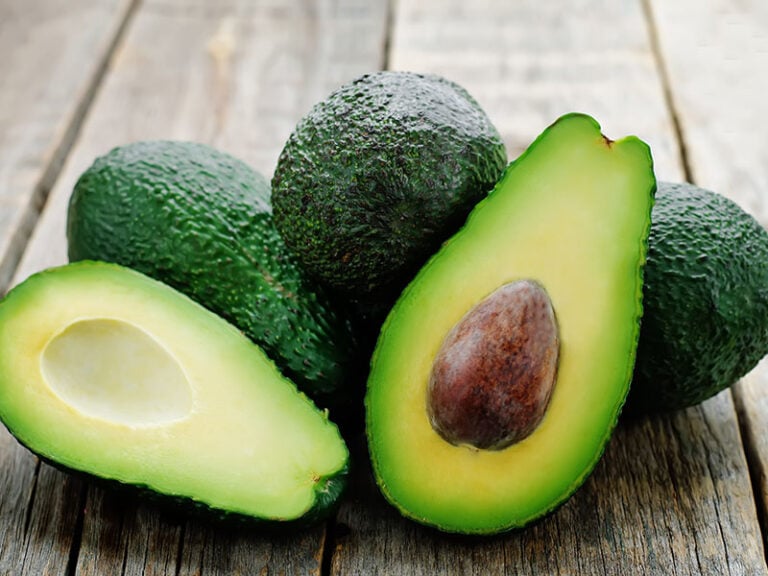
Avocado
Avocado is a creamy, nutrient-rich fruit. It’s often used in salads, sandwiches, and guacamole.
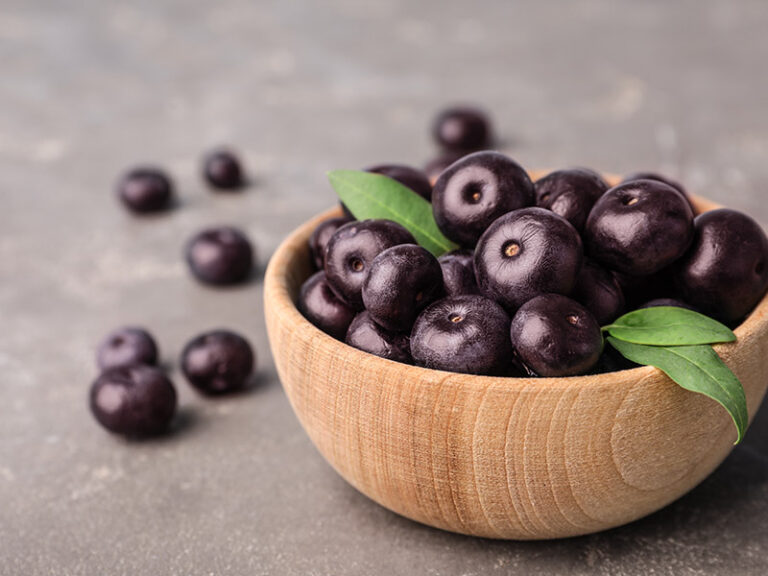
Acai Berry
Acai are small, dark purple berries from the Amazon. They are high in antioxidant properties.
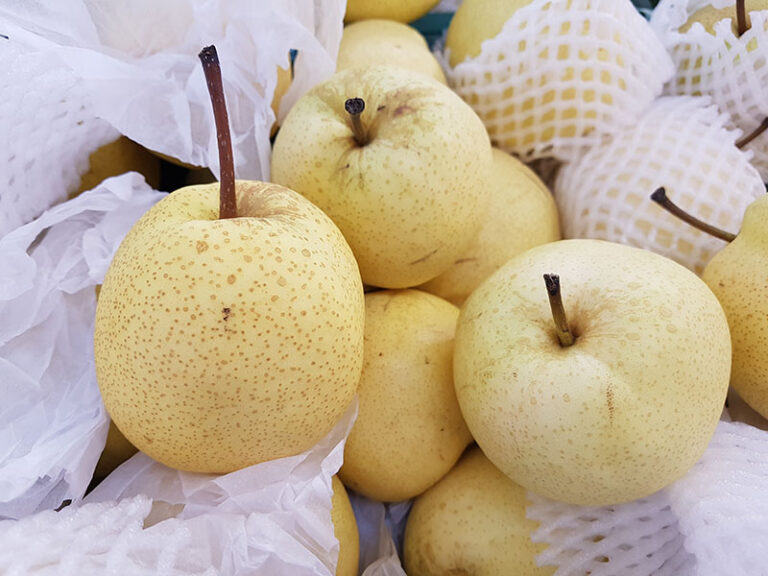
Asian Pear
Asian pear is a crisp, apple-like pear with a round shape and a sweet, watery taste.
For more options about fruits beginning with A, you can refer here.
Finally, whether you’re a seasoned chef or a curious home cook, I encourage you to experiment with them and incorporate them into your culinary repertoire to create tasty dishes.
Also, share your thoughts and experiences with these vegetables in the comments below. Let us know your favorite recipe or any tips you have for preparing them.
Don’t forget to explore our comprehensive guides on vegetables from B to Z to discover even more exciting food items. Thank you!


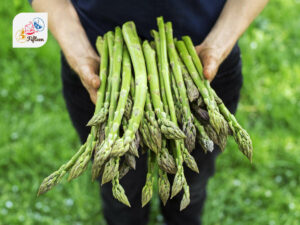
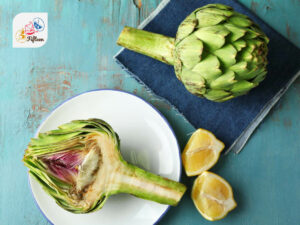
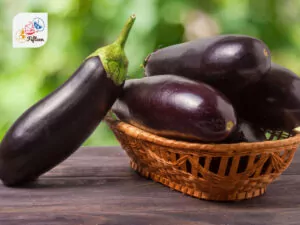
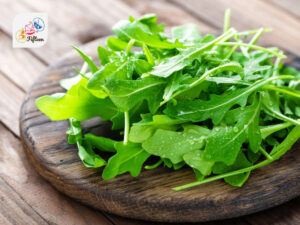
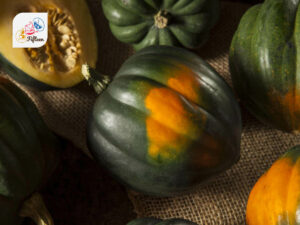
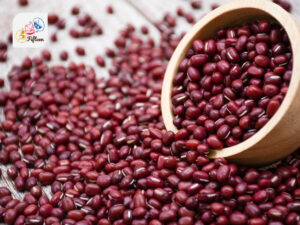
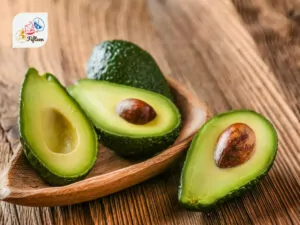
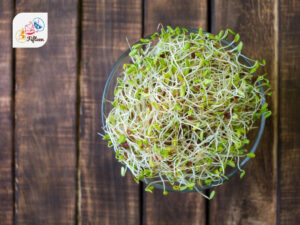
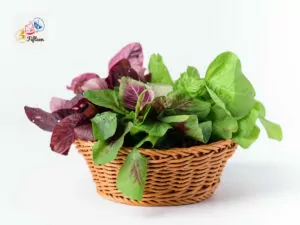
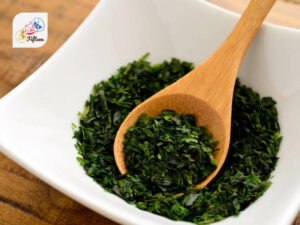
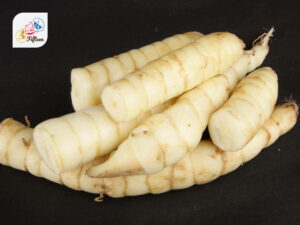
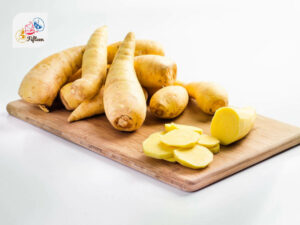
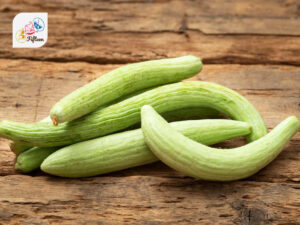
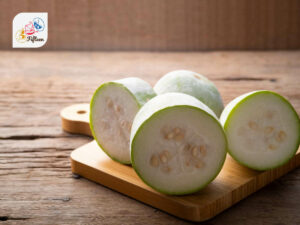
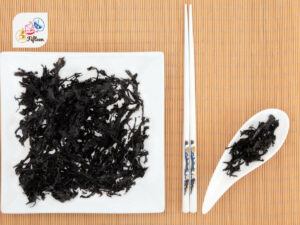
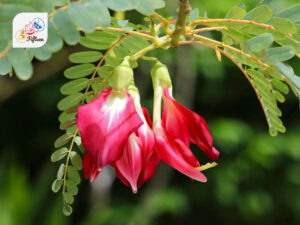
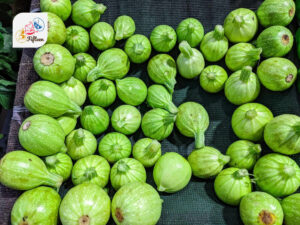
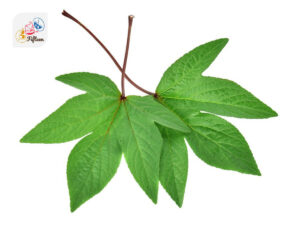
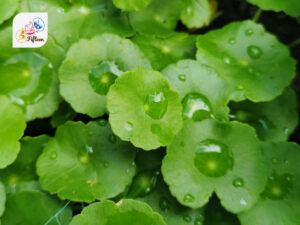
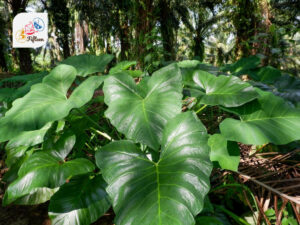
Jamie Scott
Editor in Chief, Senior Content Writer
Expertise
Home Cooking, Meal Planning, Recipe Development, Baking and Pastry, Food Editor, Cooking-video Maker, Western Food Evaluation Expert
Education
Le Cordon Bleu College of Culinary Arts
Local Community College, New York, NY
Jamie Scott is a skilled culinary expert and content creator specializing in Western cuisine. With over 15 years in the culinary field and formal training from Le Cordon Bleu, Paris, Jamie deeply understands how to blend nutrition with delicious flavors. His passion for cooking matches his commitment to making healthy eating accessible and enjoyable.
On Fifteen.net, Jamie brings a fresh perspective to classic dishes and beverages, offering readers insightful recipes, cooking tips, and a fresh view on meal planning that emphasizes taste, health, and simplicity.